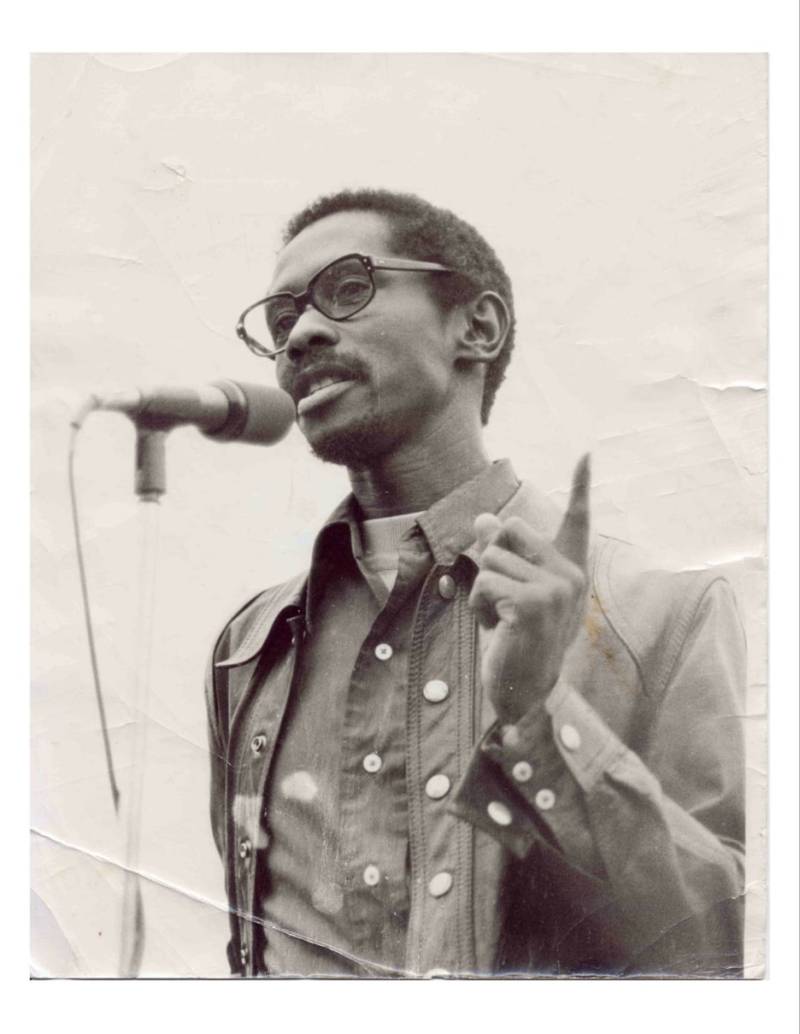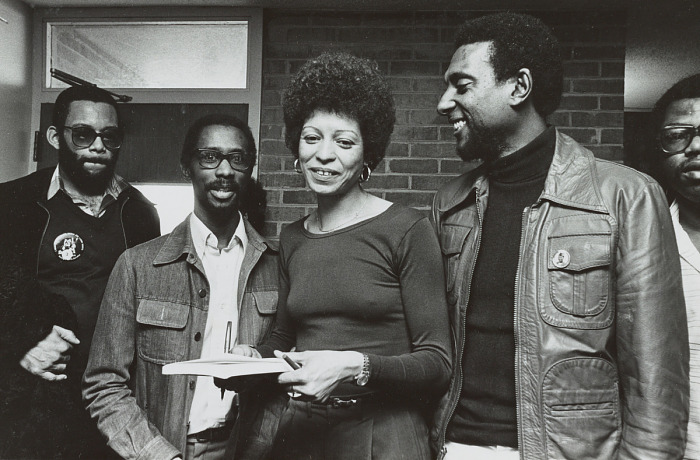The longest student strike in U.S. history was held at San Francisco State University, then known as San Francisco State College, from the fall of 1968 to the spring of 1969.
Organized by the Black Student Union (BSU) and the Third World Liberation Front coalition, the strike led to the establishment of the nation’s first College of Ethnic Studies and a more diverse faculty.
Although the movement was concentrated on the Golden Gator’s campus, it was informed by the social movements of the era, and intended to better the living conditions of the communities from which the students came.
For International Workers Day on Thursday, May 1, a free arts showcase titled Somebody ‘Blew Up’ San Francisco State College: THAT WAS NOW, THIS IS THEN (How the Black Student Union & Black Arts Movements Changed Education Forever) will commemorate and add context to the San Francisco State College student strike.

Hosted by Associate Professor Mark Allan Davis, the evening will feature a dance performance from De’jha Scott, a lyrical recital by Chioke Allen and music from singer Najé Nova, who will be backed by saxophonist Hafez Modirzadeh & his quintet. Dancer Nick Brentley will discuss a controversial performance created by Davis, and the keynote speech will be delivered by Dr. James “Jimmy” Garrett, co-founder of the original BSU and one of the organizers of the 1968-69 student strike.



